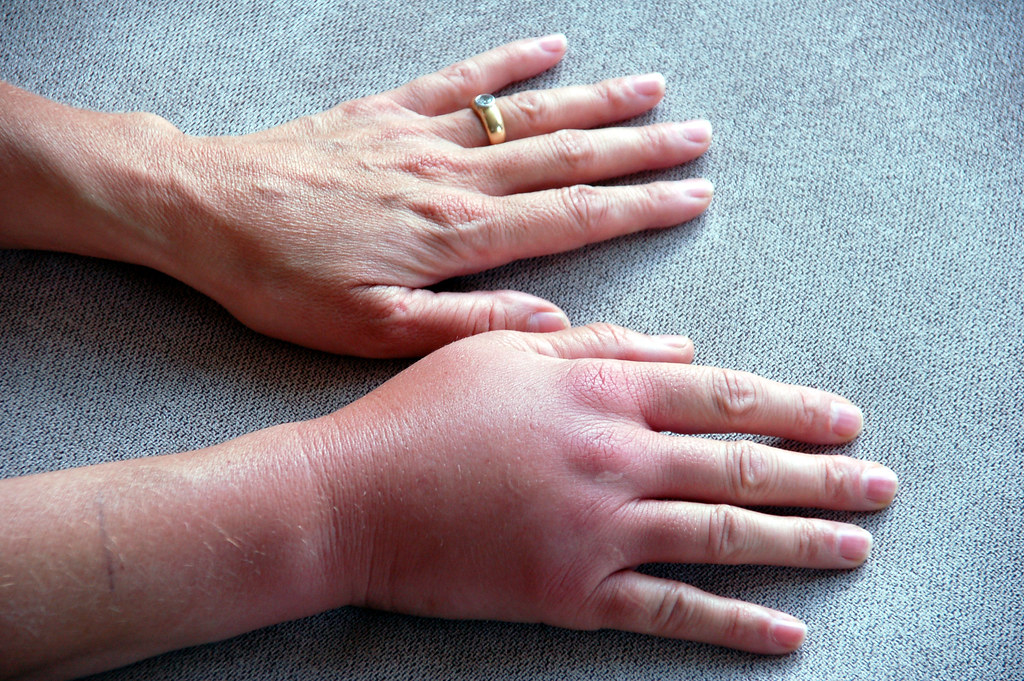Yellow jackets are a type of wasp that are both social and territorial. They are usually more aggressive than bees and tend to defend their nests with stings, especially during late summer and fall when their population is at its peak. A yellow jacket’s primary defense mechanism is its sting, but it can also bite under certain circumstances.
 Unlike bees, yellow jackets sting multiple times, making them particularly dangerous if provoked. When yellow jackets feel provoked, they are known to release a pheromone signaling other yellow jackets to attack, making it crucial to avoid disturbing their nests.
Unlike bees, yellow jackets sting multiple times, making them particularly dangerous if provoked. When yellow jackets feel provoked, they are known to release a pheromone signaling other yellow jackets to attack, making it crucial to avoid disturbing their nests.

 Unlike bees, yellow jackets sting multiple times, making them particularly dangerous if provoked. When yellow jackets feel provoked, they are known to release a pheromone signaling other yellow jackets to attack, making it crucial to avoid disturbing their nests.
Unlike bees, yellow jackets sting multiple times, making them particularly dangerous if provoked. When yellow jackets feel provoked, they are known to release a pheromone signaling other yellow jackets to attack, making it crucial to avoid disturbing their nests.
Do Yellow Jackets Sting or Bite?
Yellow jackets are capable of both stinging and biting, but their sting is their most common form of defense. They use their bite to latch onto their target, which allows them to sting repeatedly. The sting of a yellow jacket is very painful due to the venom injected, which causes localized pain, swelling, and redness. In some cases, it might lead to more severe reactions, especially in individuals who are allergic to insect venom.Their bite, while less harmful, serves as a tool for hunting other insects, which they capture and bite before stinging to paralyze their prey. This predatory behavior benefits gardens by controlling pest populations, but their aggressive nature around humans can make them a nuisance.
Treating a Yellow Jacket Sting
If stung, here are steps you can take to alleviate the pain and reduce swelling:- Clean the sting site: Wash the area with soap and water to remove any venom left.
- Apply ice: Ice pack to reduce swelling and numb the area.
- Take antihistamines: Over-the-counter antihistamines like Benadryl can help reduce itching and swelling.
- Elevate the area: If stung on a limb, elevating it can help minimize swelling.
- Seek medical help: If you experience symptoms like difficulty breathing, dizziness, or hives, seek medical attention immediately.
Why Are Yellow Jackets Aggressive?
Yellow jackets become more aggressive in the late summer as their food sources dwindle. They begin searching for sweets, proteins, and other human foods, increasing the likelihood of encounters. This behavior, coupled with their territorial instincts, leads to more stings during this time of the year. Their aggression is heightened if they feel their nest is under threat. Unlike bees, which sting once and die, yellow jackets are able to sting multiple times, making them much more dangerous in large numbers. This behavior makes it essential to take extra caution when near their nests or when swatting at them.
What Happens if You’re Stung by a Yellow Jacket?
A yellow jacket sting injects venom that causes immediate pain, swelling, and itching around the affected area. For most people, these symptoms subside within a few hours to a couple of days. However, those with allergies may experience more serious reactions such as difficulty breathing, swelling in areas beyond the sting site, dizziness, or a rapid heartbeat. In rare cases, yellow jacket stings can trigger anaphylaxis. It is a life-threatening allergic reaction that rneeds immediate medical attention. If stung, it’s crucial to monitor for these symptoms, especially if you’ve had allergic reactions to stings in the past.Practical Tips to Avoid Yellow Jacket Stings
While yellow jackets can be aggressive, there are several ways to minimize the risk of getting stung:- Avoid sweet foods: Yellow jackets are attracted to sugary foods and drinks. When eating outdoors, keep food covered and properly dispose of any waste.
- Wear light-colored clothing: Bright colors can attract yellow jackets. Opt for neutral, light-colored clothing when spending time outside.
- Stay calm: If a yellow jacket approaches you, don’t swat at it. Sudden movements can provoke them. Instead, remain still or move away slowly.
- Inspect your surroundings: Before sitting or eating outdoors, check for yellow jacket nests, especially in bushes, eaves, and under decks.




